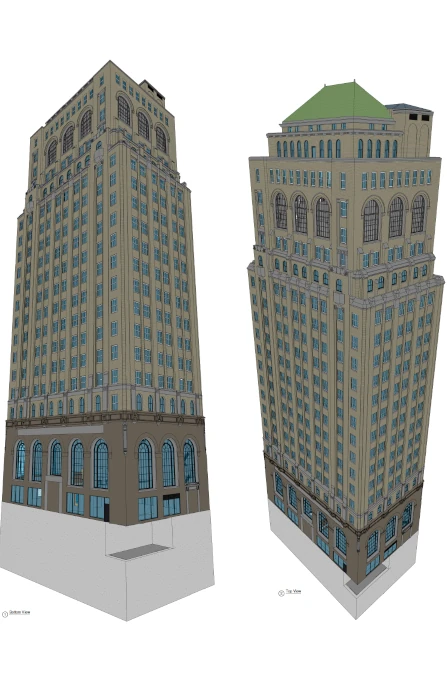As-Built Drawings
Existing Conditions delivers accurate 2D as-built drawings for your architecture, engineering, and construction projects. We use 3D laser scanning to capture the exact structural and MEP system dimensions, locations, and layouts of your building with 2-4mm accuracy.
Our expert Mapping and Modeling Team transforms point cloud data into customized 2D CAD drawings and can even generate 3D BIM models for virtual design planning. Existing Conditions delivers accurate site data, drawings, and models to help you make informed decisions and minimize errors.
Existing Conditions as-built drawings help you to:
- Understand building layout, dimensions, and materials
- Reference precise floor plans, sections, details, and RCPs
- Communicate project requirements and design intent
- Ensure that design complies with zoning, codes, and safety regulations
- Coordinate with trades to minimize conflicts or clashes
- Support future renovations, repairs, and upgrades
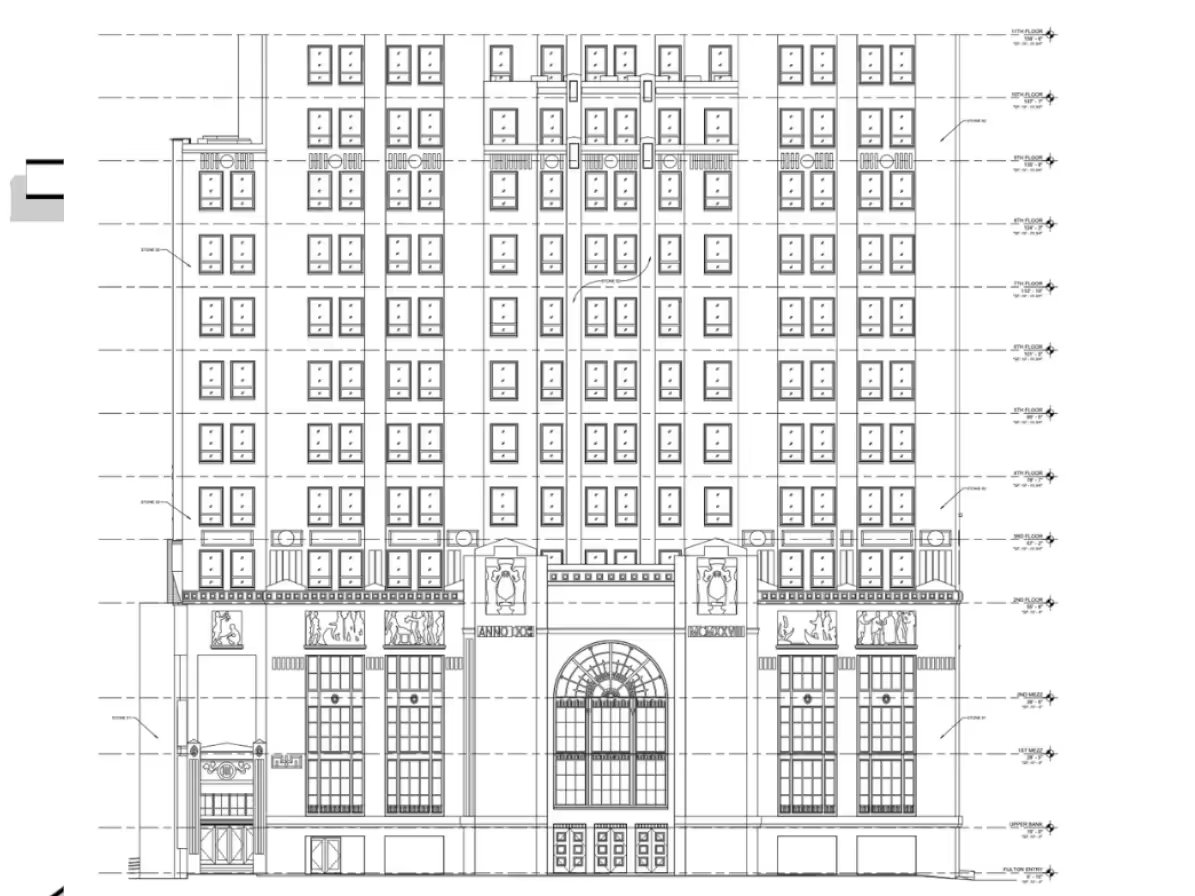
.avif)
Access detailed building records for renovations and maintenance

What Types of 2D CAD Drawings Does Existing Conditions Create?
Site Plans
A site plan, sometimes referred to as a plot plan, is the graphic representation of all existing site conditions. The site plan maps the entire layout of the project site, including the location of buildings, paving, utilities, and terrain features in a single depiction.
Floor Plans
Floor plans show the layout and spatial relationship between rooms, spaces, and elements such as walls, doors, windows, and furniture. Architects, engineers, and builders use floor plans for design and retrofit projects.
Interior Elevations
Interior elevation drawings are 2D drawings that show the interior of a building from various angles. They are used to show the size and shape of a building, as well as the placement of windows, doors, and other features.
Exterior Elevations
Exterior elevation drawings are used to show how a building looks from the outside. They precisely document the outline of a building, and the placement of windows and doors. Design professionals would request as-built exterior elevations to understand how the different levels of a building stack, and how the windows and doors align and are placed.
Sections or Cross Sections
Sections are 2D drawings that show the cutaway view of a building, structure, or object, disclosing details of the internal structure.
Details
Details are 2D drawings that show a specific element of a building, structure, or object enlarged in more detail. The element is scaled for dimensioning and clarification purposes.
Isometric Drawings
An isometric drawing is a representation of a 3D object drawn on a flat plane that mainly contains 2D coordinates – the x and y axes. Although it uses a 2D coordinate system, it gives the illusion that a 3D system is being used. Isometric drawings are made by tilting the viewing angle to 30 degrees for all sides in the 2D plane.
Mechanical and Electrical Drawings
These drawings provide detailed information about the plumbing, HVAC, electrical, and other mechanical systems (MEP) used in a building.
Reflected Ceiling Plan
A reflected ceiling plan shows the outline of the ceilings, the varied ceiling levels, vent locations, and the different types of lighting fixtures.
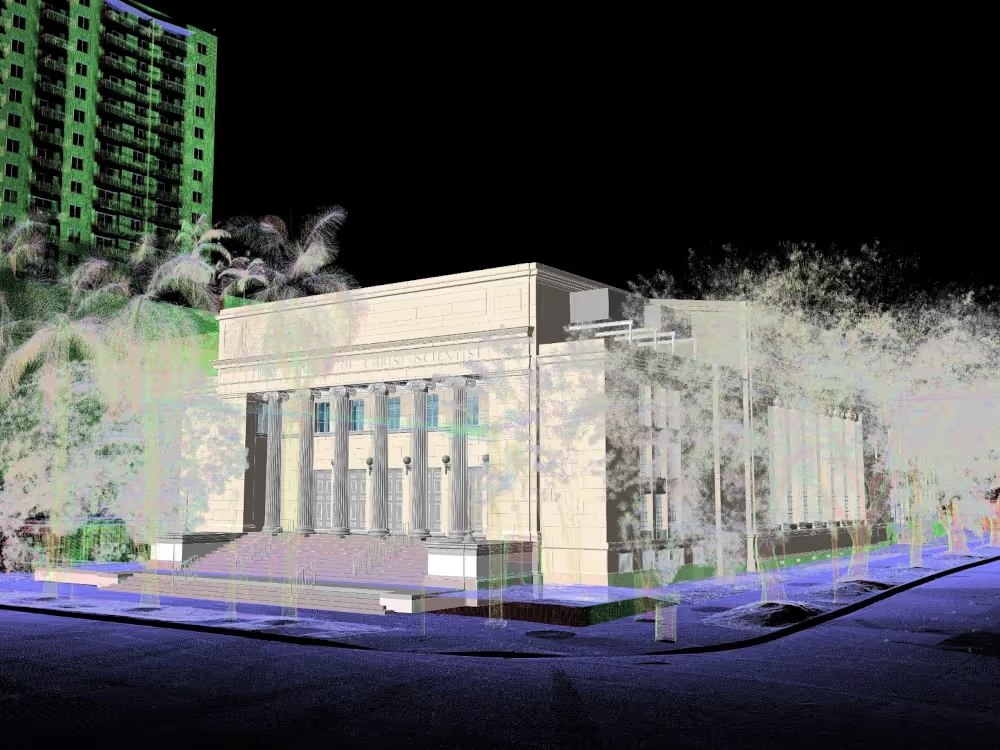

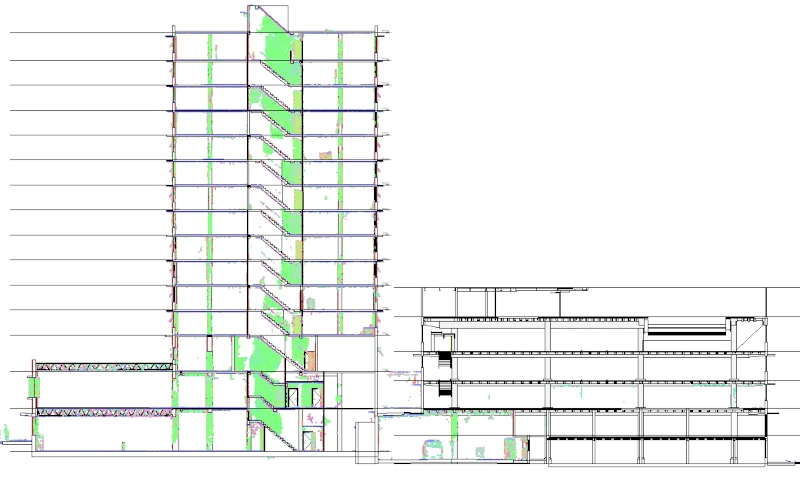
What are the benefits of up-to-date as-built drawings?
Accurate Construction Record
.svg)
Precise Layout and Dimensions
.svg)
Supports Renovations and Maintenance
.svg)
Reduce Rework
.svg)
Improve Coordination
.svg)
Post-Construction Compliance
.svg)

What are the benefits of up-to-date as-built drawings?
Accurate Construction Record
Precise Layout and Dimensions
Supports Renovations and Maintenance
Reduce Rework
Improve Coordination

Start Accurate. Stay Accurate.

Trusted Partner
Expert Team

Comprehensive Data Capture

As-Built Drawings & 3D BIM Models
Industries We Serve

Architecture
Informed design starts with verified conditions, accurate spatial data, and coordinated BIM — so you can focus on what you do best: eliminate site uncertainty, speed up timelines, and skip manual measurements.

Construction
Operational efficiency through accurate as-builts, reduced downtime, and smarter asset tracking, paired with ongoing management via digital twins, up-to-date facility data, and fewer costly site visits.

Facilities Management
Boost operational efficiency with accurate as-builts, minimized downtime, and smarter asset planning and support ongoing management with digital twins, up-to-date data, and fewer costly site visits.

Engineering
Quality design through precise as-builts, advanced analysis, and tighter tolerances protect your reputation by delivering accurate BIM models that keep projects on time, on budget, and safe.

Real Estate
Stay on time with accurate documentation, rapid data capture, and efficient coordination - stay on budget by reducing rework, repeat visits, and improving cost and schedule accuracy with trusted data.

Entertainment
Production planning made easy with millimeter-accurate scans, verified as-builts, and precise coordination, enhanced by training and simulation using VR, real-world environments, and laser-accurate spatial data.
Our 3D Laser Scanning Process

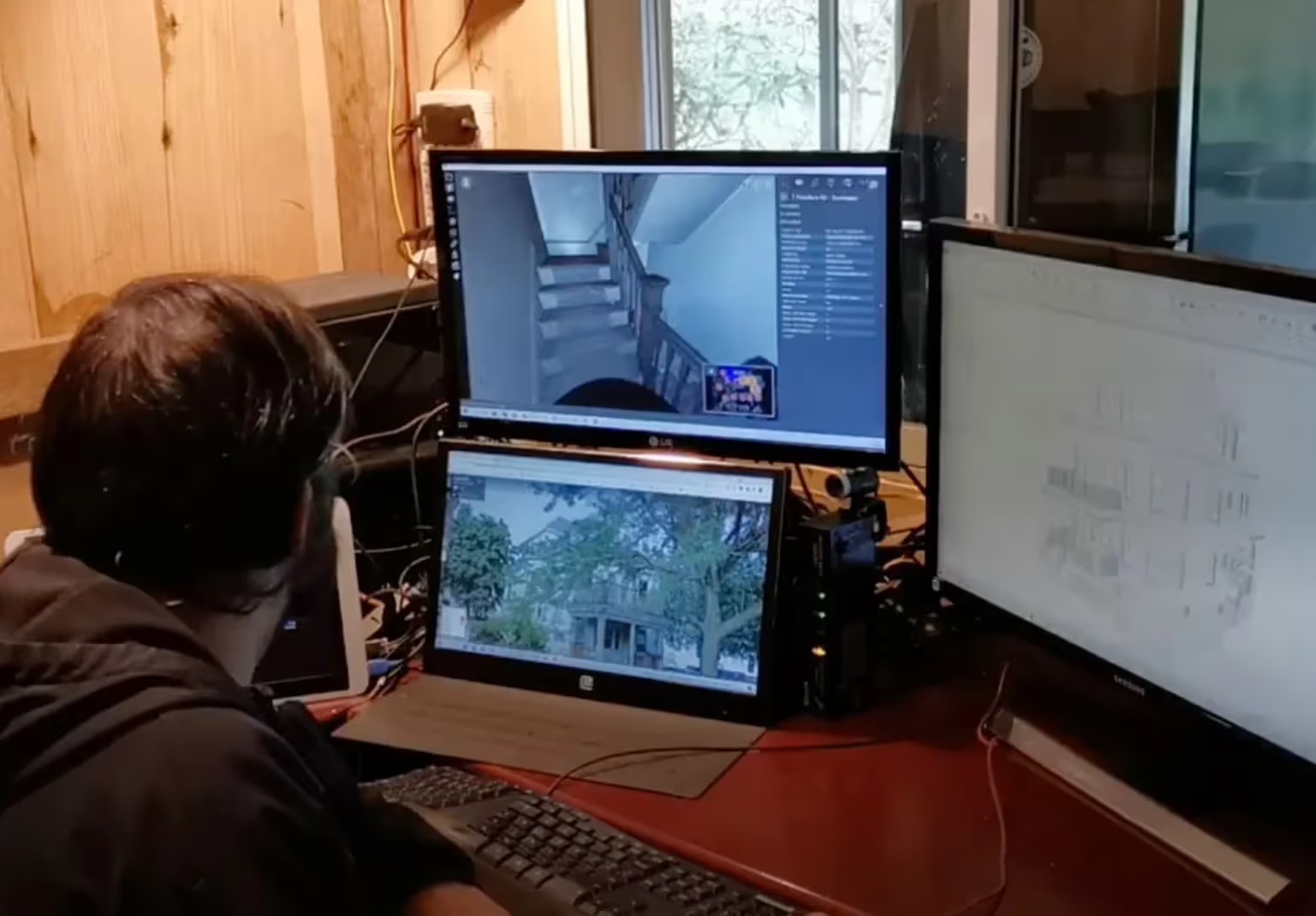
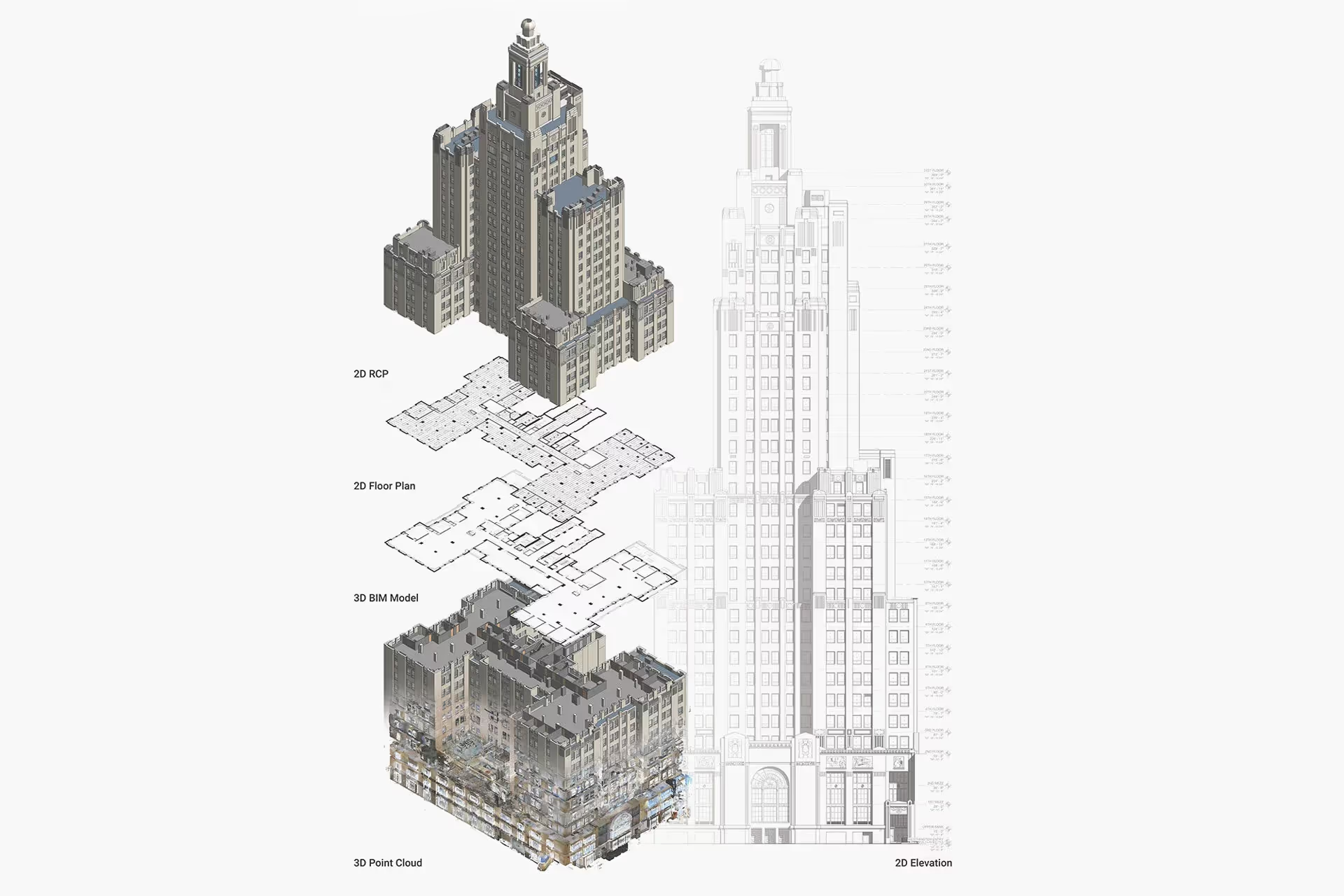

.jpg)
Articles
Case Studies
Frequently Asked Questions
What is As-Built Documentation?
As-built documentation is an accurate set of record drawings for a project. They reflect all changes made during the construction process and show the exact dimensions, geometry, and location of all building elements and infrastructure.
Why Would An Architect Use 3D Laser Scanning?
An architect would use 3D laser scanning services to accurately capture the existing conditions of a building in a point cloud for design and renovation projects. From the point cloud, 2D CAD drawings and a 3D BIM model can be generated to access precise layout and measurements, visualize design changes, and identify potential issues, reducing the risk of errors, ultimately saving time and cost on the project.
How is CAD different from BIM?
CAD is technology and software designed to produce precise technical drawings —replacing manual hand-drawn and drafting techniques with a digital process. CAD is used in many fields, including architecture and engineering, to create accurate and efficient representations of sites.
BIM, or Building Information Modeling, is a process of visualizing a digital representation of a physical asset via the 3D model and includes richer levels of data, including information on materials and equipment. Architects, engineers, and construction managers can track and monitor a building through its entire lifecycle, from initial design to construction, operations, and maintenance. Project teams can collaborate, share information, and monitor project costs using BIM.




%20(1).avif)


